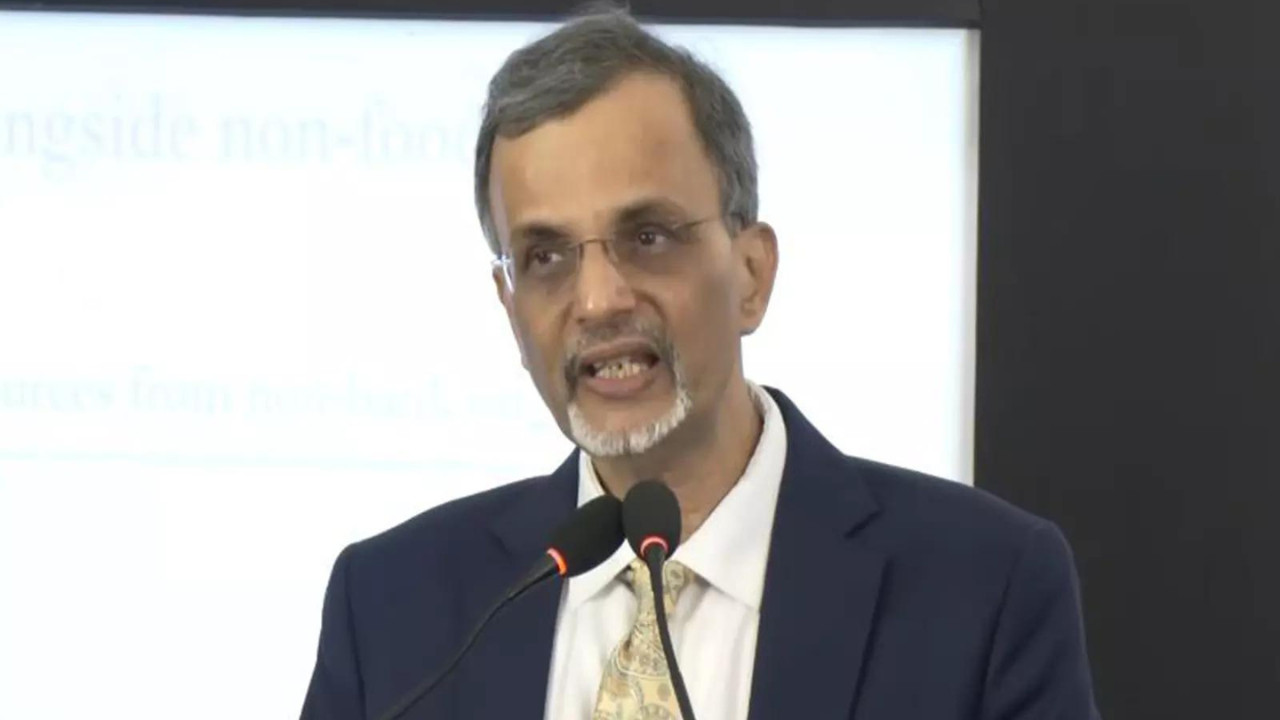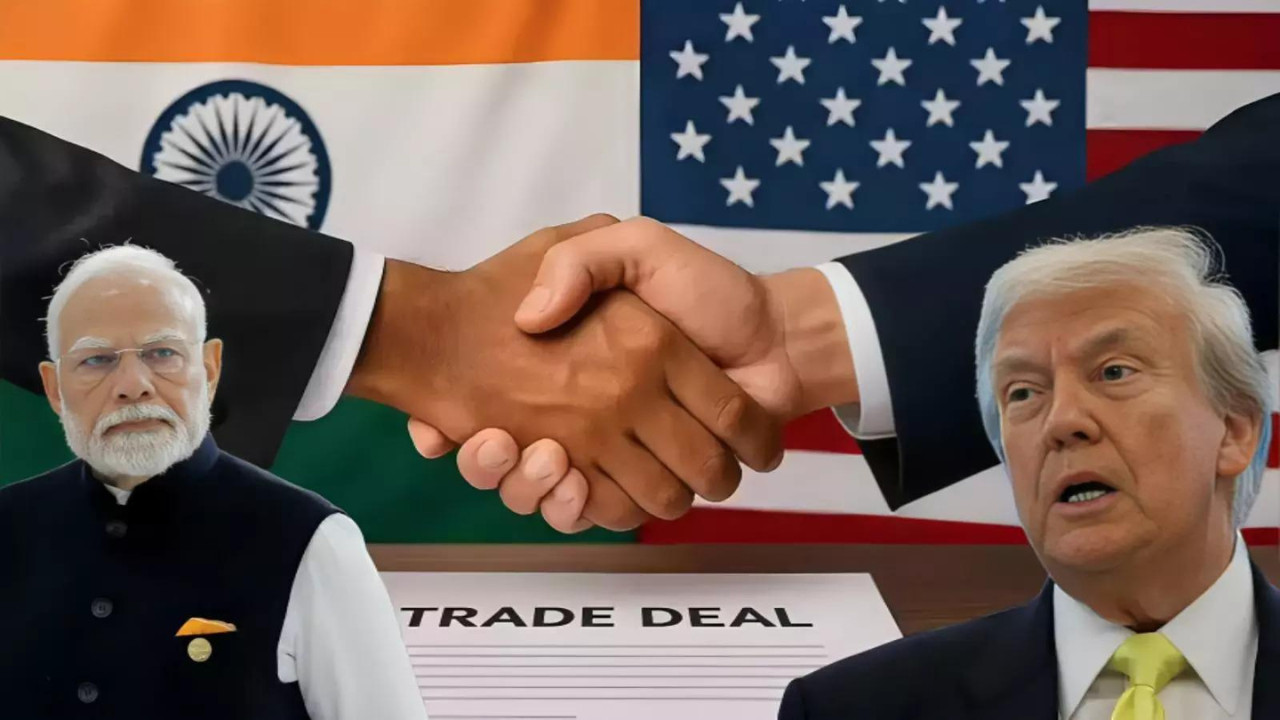India’s economy is set for robust growth exceeding 7% this fiscal, with the GDP projected to surpass $4 trillion in FY26. Strong second-quarter performance, driven by manufacturing and services, fuels this optimism. Stable inflation and ongoing reforms are enhancing competitiveness, paving the way for increased private investment and sustained economic momentum.
India’s Trillion-Dollar Trajectory: Economic Growth Surpassing Expectations?
India’s economic landscape is buzzing with a fresh wave of optimism, and it’s not just wishful thinking. Recent projections suggest we might be on track for even more robust growth than previously anticipated. We’re talking about the possibility of exceeding 7% economic growth, a figure that would not only solidify India’s position as a global economic powerhouse but also propel our GDP past the $4 trillion milestone by fiscal year 2026.
That’s a bold prediction, so what’s fueling this surge in confidence?
Beyond the Numbers: Understanding the Driving Forces
The narrative goes deeper than simply crunching numbers. It’s about the underlying resilience and dynamism of the Indian economy. Consumption, that ever-reliable engine of growth, is showing strong momentum. But it’s not just about people spending more; it’s also about how they are spending. We are seeing a shift towards discretionary spending, which suggests greater consumer confidence and disposable income. This, in turn, incentivizes businesses to invest and expand, creating a virtuous cycle of growth.
Investment, another critical pillar, is also showing positive signs. Both public and private sectors are stepping up their capital expenditure. The government’s continued focus on infrastructure development is particularly noteworthy. From highways and railways to ports and airports, these projects are not only creating jobs and boosting demand in the short term but also laying the foundation for long-term sustainable growth. The private sector, encouraged by the improved business environment and rising demand, is also increasing its investment in capacity expansion and technology upgrades.
However, let’s not forget the global context. While India’s domestic strengths are undeniable, external factors also play a significant role. The global economic recovery, although uneven, is providing a tailwind for Indian exports. A stable geopolitical environment and predictable commodity prices are crucial for sustaining this growth momentum.
Navigating the Challenges: A Cautious Approach
Of course, the path to prosperity is never without its challenges. Inflation remains a concern, and managing it effectively will be critical to maintaining consumer confidence and business profitability. Supply chain disruptions, although easing, still pose a risk. Furthermore, the global economic outlook remains uncertain, with potential headwinds from rising interest rates and geopolitical tensions.

Therefore, a balanced approach is essential. While celebrating the positive momentum, policymakers need to remain vigilant and proactive in addressing potential risks. This includes implementing fiscal policies that support growth without fueling inflation, investing in education and skill development to create a more competitive workforce, and promoting innovation and entrepreneurship to drive long-term productivity gains.
India’s Commitment to Green Energy Fuels Optimism
One area where India is showing remarkable progress is in the transition to green energy. The country has set ambitious targets for renewable energy capacity, and is actively promoting the adoption of electric vehicles and other clean technologies. This commitment to sustainable development not only helps mitigate climate change but also creates new economic opportunities. India is emerging as a global leader in green energy, attracting investment and creating jobs in this rapidly growing sector. This transition to a greener economy is not just environmentally responsible; it’s also economically smart.
The Road Ahead: Sustainable and Inclusive Growth
The prospect of economic growth exceeding 7% and a $4 trillion GDP is undoubtedly exciting. But the ultimate goal is not just to achieve high growth rates, but to ensure that this growth is sustainable and inclusive. This means creating opportunities for all sections of society, reducing inequality, and protecting the environment. It also means investing in education, healthcare, and social safety nets to ensure that everyone benefits from India’s economic progress.
Ultimately, India’s future is bright. With its strong domestic fundamentals, a proactive government, and a vibrant private sector, the country is well-positioned to achieve its economic aspirations. However, success will depend on navigating the challenges effectively and ensuring that growth is both sustainable and inclusive.
For more information on related financial topics, read our blog post on the impact of [FinTech innovation in India’s rural economy](internal-link).
A Future Forged with Resilience and Reform
India’s journey towards becoming a $4 trillion economy is a testament to its resilience and reform-oriented policies. The possibility of surpassing the 7% economic growth mark showcases the nation’s potential and its ability to adapt and thrive in a dynamic global environment. By focusing on sustainable and inclusive growth, India can solidify its position as a global leader and create a prosperous future for its citizens. The key now is to maintain this momentum, address the challenges proactively, and stay committed to the long-term vision of a strong and equitable India.






